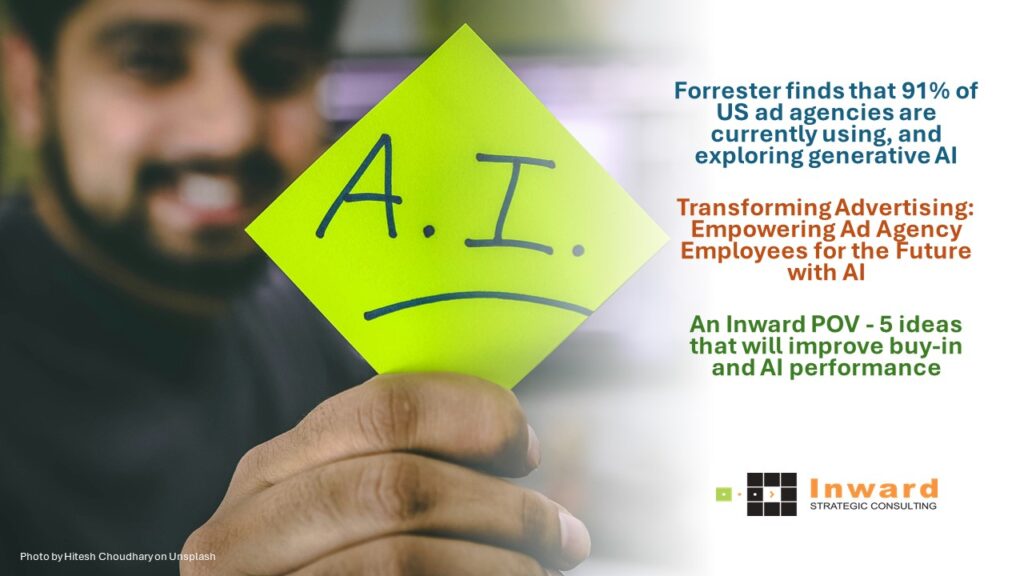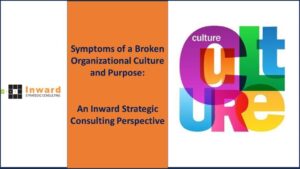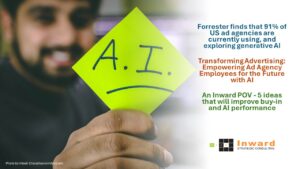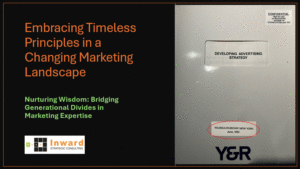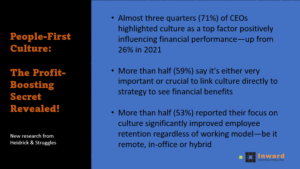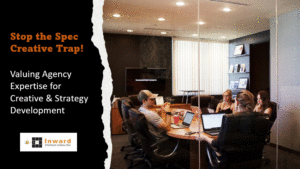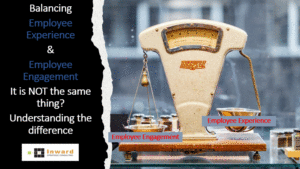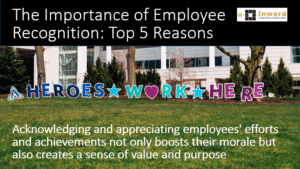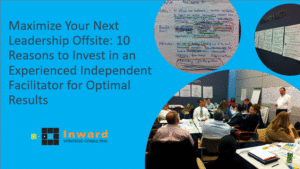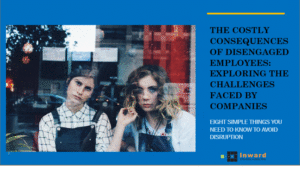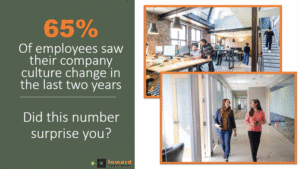Forrester finds that 91% of US ad agencies are currently using, and exploring generative AI – Is that good or bad for clients and agency personnel?
In the rapidly evolving world of advertising, a new force is reshaping the industry: generative AI. According to a recent Forrester report, a staggering 91% of U.S. ad agencies are either currently utilizing (61%) or exploring (30%) generative AI. This is not just another tech trend; it’s a seismic shift that promises to redefine the landscape of creativity, strategy, and client engagement.
The allure of generative AI lies in its potential to revolutionize how agencies operate. For large agencies, the adoption rate is already high, with 78% leveraging this technology, compared to just 53% of smaller agencies. The disparity highlights an emerging divide where the technological prowess of bigger players could potentially overshadow the creative nimbleness of smaller firms. As generative AI continues to infiltrate the industry, it is poised to be a game-changer for agencies of all sizes, compelling them to adapt or risk obsolescence.
The impact of generative AI is most palpable in creative agencies, where 69% report current use. These agencies are harnessing AI’s speed and innovative capabilities to enhance ideation and streamline production. The technology is also making inroads into media agencies, with 57% adoption, and this figure is expected to grow as the industry discovers new applications for AI’s analytical and creative prowess. The Forrester report underscores that the disruption brought by AI is not a distant possibility; it is an imminent reality with 29% of respondents acknowledging it as a major disruption that will irrevocably alter their business.
The areas most affected by generative AI include content creation, the agency marketplace, consumer interaction, and client deliverables. A remarkable 76% of respondents believe AI will significantly impact how agencies create content, while 71% foresee changes in the marketplace itself. The way consumers interact with agency-produced work and the type of content agencies deliver are also set for a major overhaul.
Yet, this digital renaissance is not without its challenges. Legal issues such as IP ownership, copyright infringement, and liability are significant concerns, cited by 94% of those exploring and 83% of those using AI. Data privacy, security, and governance also pose substantial risks. Moreover, a unique barrier to AI adoption is employee resistance. Concerns about job security and the emotional unease associated with AI could undermine the value and technological investments of agencies.
This resistance is not merely a logistical hurdle but an emotional and psychological one. As the Forrester report aptly points out, employee resistance is “irrationally unpredictable” and threatens to destabilize a decade of business model transformation. Agencies must navigate these human factors with sensitivity, ensuring that their workforce is not just equipped but also emotionally prepared for the AI revolution.
Generative AI is more than a tool; it is a transformative agent pushing the boundaries of what is possible in advertising. The future belongs to those who can harness its potential while navigating the intricate web of legal, ethical, and human challenges it brings. The question is no longer if AI will change the advertising industry, but how agencies will rise to the occasion and shape this brave new world.
To address the challenges and threats posed by generative AI for their employees, agencies can take the following five steps:
- Invest in Training and Upskilling
- Implement Comprehensive Training Programs: Develop and provide robust training programs to help employees understand and effectively use generative AI tools. This can include workshops, online courses, and hands-on training sessions.
- Encourage Continuous Learning: Promote a culture of continuous learning where employees are encouraged to stay updated with the latest advancements in AI and related technologies. This can be supported through access to educational resources and incentives for further education.
- Foster a Collaborative Culture
- Promote Human-AI Collaboration: Highlight the ways in which AI can augment human creativity and productivity rather than replace it. Encourage employees to see AI as a tool that can enhance their capabilities and work quality.
- Create Cross-Functional Teams: Establish teams that combine AI specialists with creative and strategic roles to foster collaboration and ensure that AI is integrated into projects in a way that leverages the strengths of all team members.
- Provide Clear Communication and Support
- Transparent Communication: Maintain open lines of communication about the role of AI in the agency, including its benefits and limitations. Address employee concerns directly and honestly to build trust and alleviate fears.
- Offer Support Systems: Set up support systems such as AI advisory committees or helplines where employees can seek guidance and assistance as they navigate the new technologies.
- Develop Ethical Guidelines and Policies
- Establish Ethical AI Policies: Develop and implement policies that address the ethical use of AI, focusing on issues like data privacy, copyright, and liability. Ensure these policies are clearly communicated to all employees.
- Involve Employees in Policy Formation: Engage employees in the creation of these policies to ensure their concerns are considered and they feel a sense of ownership over the ethical guidelines governing AI use.
- Recognize and Reward Adaptability and Innovation
- Acknowledge Efforts and Successes: Recognize and reward employees who effectively adapt to AI tools and contribute to innovative AI-driven projects. This can be done through awards, bonuses, or public recognition within the company.
- Promote Internal Innovation: Encourage employees to experiment with AI and develop new applications for the technology within the agency. Create innovation labs or hackathons where employees can collaborate on AI-driven projects and share their findings.
By investing in training, fostering collaboration, maintaining clear communication, developing ethical guidelines, and recognizing innovation, agencies can help their employees navigate the challenges posed by generative AI and embrace the opportunities it brings.
Reflecting on the transformative impact of generative AI in the advertising industry, I am struck by the dichotomy of innovation and apprehension it brings. The Forrester report highlights a significant shift, with 91% of U.S. ad agencies either using or exploring this technology. This statistic alone speaks volumes about the pace at which AI is integrating into creative processes that were once solely human domains.
As someone who deeply values the human touch in creativity, I understand the concerns about AI potentially overshadowing human ingenuity. The fear of job displacement and the emotional unease that comes with such a profound change are legitimate. Yet, the potential for generative AI to enhance and elevate the creative process is undeniable. It offers new tools for ideation, speeds up production, and provides insights that can drive more effective campaigns.
The key to navigating this transition lies in balance. Agencies must invest in training and upskilling their employees, fostering a collaborative culture where AI is seen as a partner rather than a competitor. Clear communication and ethical guidelines are crucial in addressing the legal and moral complexities of AI. By recognizing and rewarding adaptability and innovation, agencies can create an environment where both technology and human creativity thrive, providing added value in ways clients cannot replicate themselves.
Reading about the measures agencies can take to mitigate the challenges of AI adoption, I feel a sense of optimism. It’s worth remembering that agencies have felt threatened by innovations before—media optimization technologies, the internet, pay-per-click advertising, and streaming content were all initially seen as disruptive. The steps outlined—training, collaboration, clear communication, ethical policies, and recognition of innovation—are not just practical solutions but also a roadmap to a future where technology amplifies human potential. This approach not only addresses the immediate concerns but also paves the way for a more integrated and dynamic creative industry.
In the end, the future of advertising is not about choosing between human creativity and AI but about finding harmony between the two. As we move forward, it will be fascinating to see how agencies leverage generative AI to push the boundaries of what’s possible while ensuring that the essence of human creativity remains at the heart of their work.


